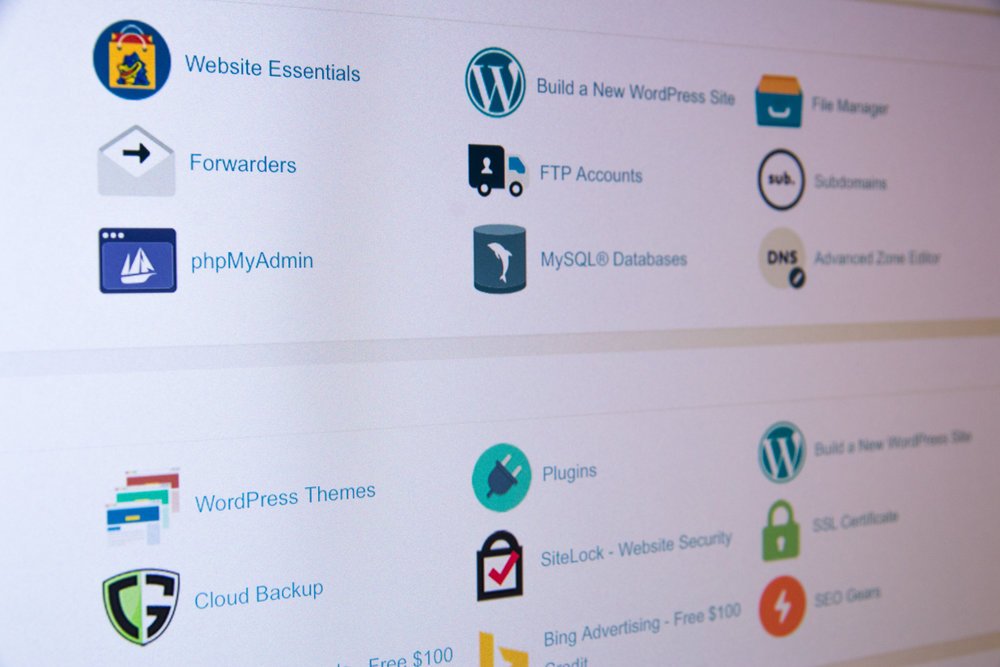With the internet constantly growing and evolving, clearly defining what is and the purpose of organic and paid media can be difficult. As we have found, Paid media is paying for a post or a message to be displayed to the audience of your choice while Organic media is any free tools provided by the website or related free tools to help build a following, or an undifferentiated audience, and interact with it. Both function differently and can be very unpredictable, yet they are crucial to the success of any digital marketing campaign.
Organic content and connections are important. However, to grow a large following and to have precedent on any platform, paid media content and strategies are required. It is nearly impossible to have your post spread like wildfire without some money behind it. If you don’t invest in your social media, paid and organic, you will be left behind in this digital age.
Here are 5 in-depth reasons why you should combine the two in your efforts to market your company and to succeed in the digital age.
- Remarketing is simplified.
When your business needs to rebrand and then remarket, it’s best to use a mix between organic and paid strategies. As you gain new followers from the paid ads or boosted posts, you need to have organic material for the users to interact with. If they don’t see interesting content on your page, the paid marketing efforts are not likely to convert into page views or post likes. Use both to ensure that you are interacting with your new target audience. - Your audience is more likely to engage.
The audience you have grown through the paid campaign already likes the content that you make. Yet they won’t know your brand or understand the lifestyle or image you’ve created unless you have organic material. Provide the people with enough content to learn what you business is about while still being able to be engaged and entertained on your page. Also, if you interact with people commenting or liking your page, you can get even more engagement from the paid content that you’re producing. - A marketing budget is optimized.
Every company should have a marketing budget; that’s how you expand and gain a loyal follower base. By using organic and paid strategies, a company isn’t relying solely on one social media manager or team to gain a large following. Nor does that mean the company is spending outrageous amounts of money to be able to compete for their audience’s attention. A good balance is more likely to get the most conversions and save the marketing budget. - Future content will be easier to make.
For most platforms that offer paid media services, there is a function that allows you to test different aspects of posts. Facebook even offers split testing. You can take the information you receive from split testing and apply that to future posts, organic and paid. It will help diversify your content, but it will actually pertain directly to the target audience. - Your (re)marketing strategy stabilizes.
By using different techniques, you are diversifying, but you are also testing. When you know what works and what doesn’t, you have a lot more knowledge about your marketing strategies as well as your audience. Even though the market can be unpredictable at times, you using both paid and organic to figure out what is working is somewhat of a hack. The more you hack the market the better your business will do because you know more from your ad campaigns and your interactions.
Sources:


